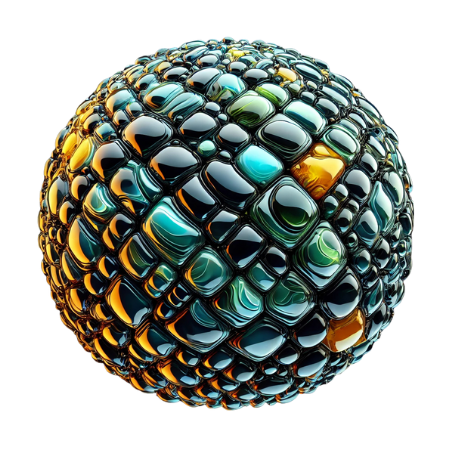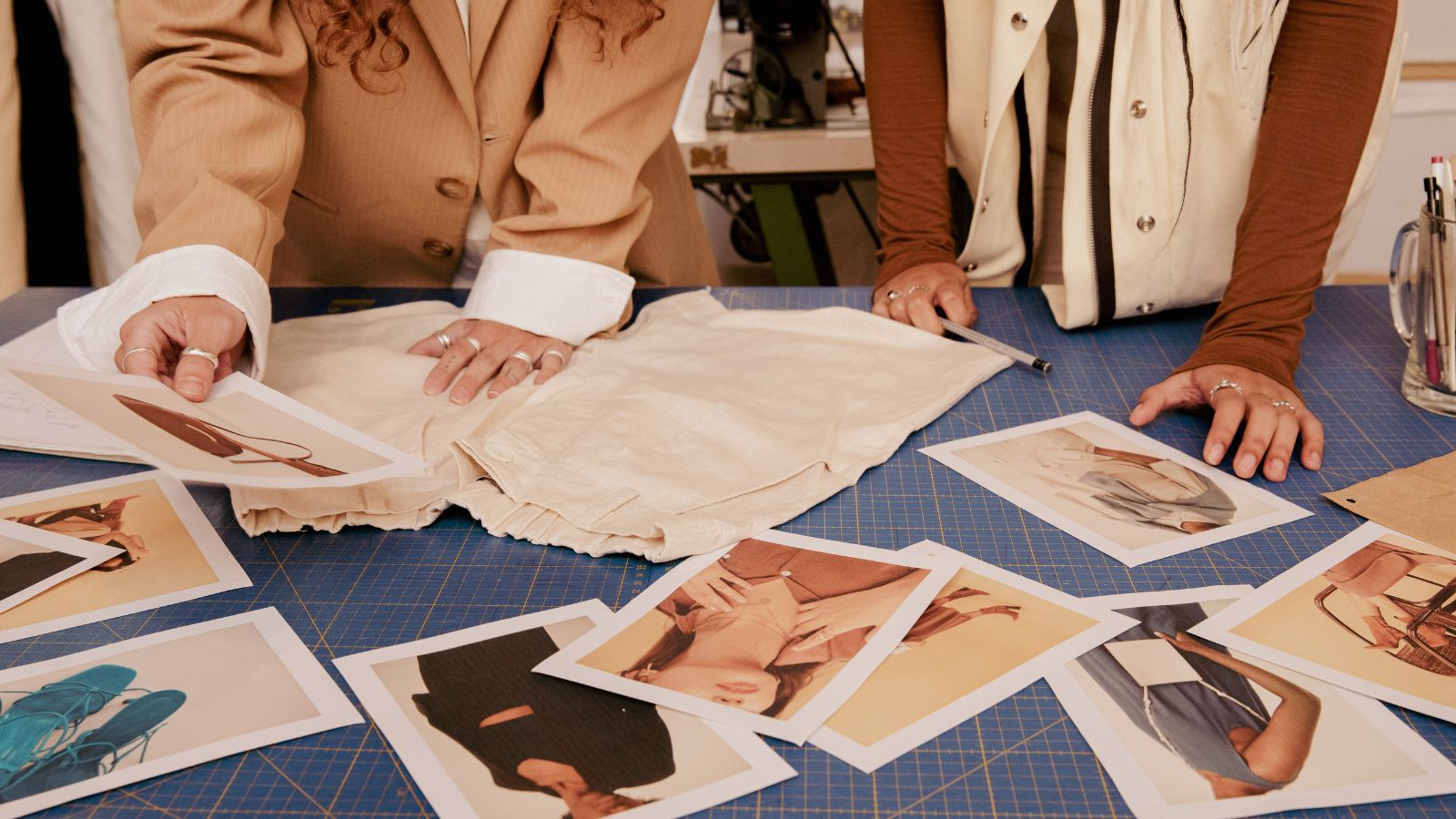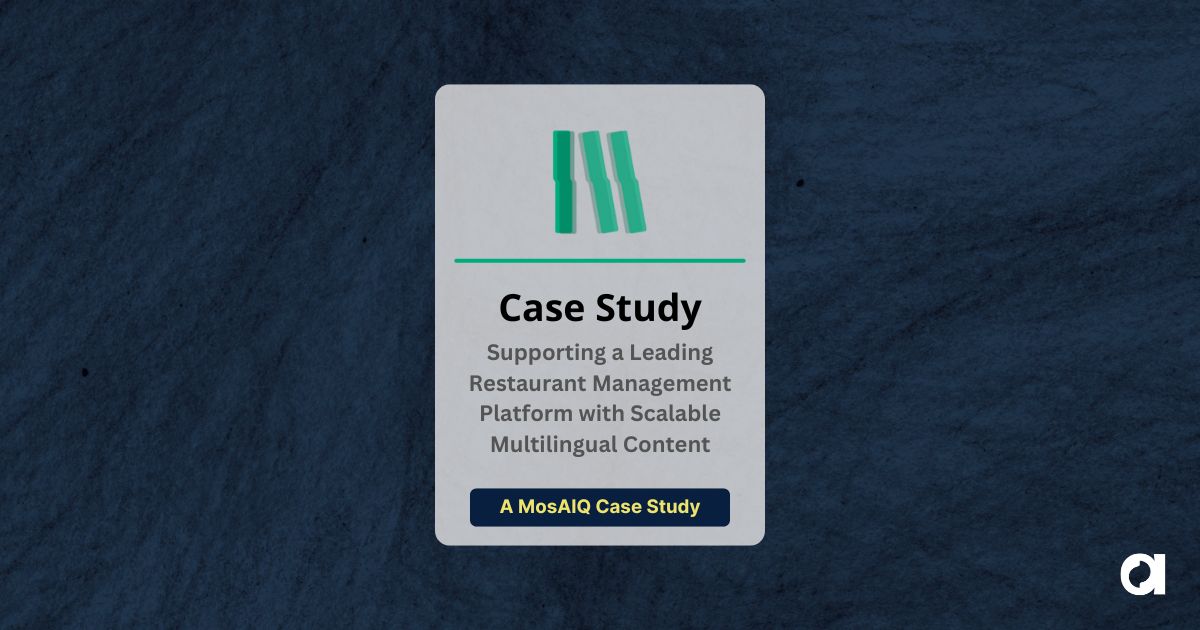In the world of luxury fashion, maintaining a brand’s unique voice and style across diverse global markets is both a challenge and an art form. Transcreation adapts content to connect with different cultures, ensuring that the company’s message feels authentic and engaging no matter where it’s received.
The fashion sector isn’t just about high-quality products; it’s about telling compelling stories that resonate across borders. You can think of transcreation as a kind of creative translation, a process that blends creativity with informed insights to create unique messaging for each market.
Transcreation and translation serve distinct roles in the fashion industry. While translation focuses on converting text from one language to another, it often doesn’t include the emotional and imaginative elements essential for luxury marketing. Transcreation adapts a brand’s message to appeal deeply in different contexts. This creative process ensures that the original intent, tone, and emotional impact are preserved.
Let’s explore how high-profile brands tailor their messages, the powerful impact of storytelling, and some effective strategies for tackling fashion-forward transcreation.
The Right Message for the Medium
The need to maintain voice, style, and intent across various markets is acute for the luxury sector. Every piece of content, from glamorous product descriptions to captivating social media posts, needs to feel aspirational and reflect the brand’s identity while simultaneously appealing to local sensibilities, which can be tricky. Here are some examples:
Marketing Materials and Campaigns: Marketing materials, including ads, social media content, and campaigns, are at the forefront of brand representation. Transcreation adapts these elements to connect with local audiences by considering cultural references, idioms, and preferences.
Product Descriptions and Catalogs: Product descriptions and catalogs in the luxury fashion industry are more than informational—they are narrative-driven. Transcreation helps to capture a product or campaign’s essence while making the content appealing to local customers.
Websites and E-commerce Platforms: Websites and e-commerce platforms serve as crucial touchpoints for customers. True transcreation requires tailoring elements such as navigation, visual design, payment options, and customer service to meet local expectations and preferences.
Why Culture Matters
Transcreation relies on deep cultural understanding to ensure marketing and consumer messages are clear and meaningful to local audiences. The process adapts, rewrites, or creates new content to align with local values and beliefs, ensuring it feels relevant and engaging. Brands need to understand and respect local customs and preferences to create meaningful connections.
For instance, Hermès uses storytelling and artistic collaborations to ensure their global campaigns resonate. The company worked with Japanese artist Hiroshi Sugimoto to create a limited-edition silk scarf collection inspired by his iconic seascapes. This type of collaboration tells a story about appreciation, artistry, and the brand’s dedication to creating unique, meaningful products that resonate with different people in different places.
Meanwhile, Louis Vuitton focuses its marketing on Chinese social media and e-commerce platforms like WeChat, Weibo, and Xiaohongshu, along with Chinese search engines, to better connect with local consumers. They also bring Chinese fashion bloggers onto their official WeChat channel, adding local perspectives to their digital marketing efforts.
Retaining Allure While Avoiding Missteps
However, over-localization can diminish a brand’s allure because much of luxury’s appeal lies in its foreignness and original identity. For example, replacing European narratives or international experiences with Chinese alternatives—or worse, offering poor adaptations to fit the Chinese context—often results in a significant loss of appeal.
Brands ranging from H&M to Zara to Louis Vuitton have all experienced gaffes related to translation and identity. In the fast-paced world of luxury fashion, even minor localization errors ranging from simple mistranslations to culturally insensitive depictions can lead to significant backlash, potentially damaging a brand’s reputation. These kinds of incidents underscore the importance of precise translation to minimize business risks.
The Role of Storytelling
Storytelling is crucial in luxury fashion transcreation because it’s one of the most direct paths to creating a relationship with an audience. The different ways fashion houses communicate—whether it’s through visuals, a sense of touch, smell, or language—all elicit an emotional response. As these emotions resonate, they help create a strong sense of connection.
Transcreation makes these stories relevant and engaging for local audiences. For example, luxury brands often craft intricate narratives around their products, weaving tales of heritage, craftsmanship, and exclusivity. These stories are designed to evoke specific emotions and associations that elevate the label beyond its physical products.
Storytelling in luxury fashion extends to the digital world, too. Social media campaigns, website content, and even e-commerce product descriptions are all opportunities to tell a brand’s story in a way that feels authentic and engaging to local audiences.
Tactics and Techniques for Fashion Transcreation
Developing a successful transcreation strategy for high-end fashion involves understanding both a company’s chosen—or carefully curated—identity and the passions of its global audiences.
Getting the Voice Right: Luxury fashion firms adapt their communication style to align with local preferences while preserving their essence. For instance, a manufacturer known for its bold, avant-garde style in Western markets might use a more understated, elegant tone when addressing Asian markets. This adaptation makes sure the brand’s message is received positively across different contexts.
Boots on the Ground: Working with local translators, consultants, and influencers provides invaluable insights and adapts marketing messages appropriately. These experts understand the local market and can help brands navigate sensitivities, avoiding potential missteps.
Know Your Audience: Luxury companies are most successful when they design marketing campaigns for a specific geography or culture. To do this, thorough market research is needed to understand regional preferences of each target audience. These insights can be used to create marketing campaigns that resonate on a local level, either by localizing global campaigns or developing new ones that reflect specific local interests and values.
Talk the Talk: Incorporating local idioms, expressions, and cultural references can enhance a brand’s appeal. For example, a luxury watch advertisement might reference the concept of yuanfen (缘分)—a Chinese term describing a fateful coincidence—in its marketing to Chinese consumers, suggesting that owning their timepiece is destined.
Respect and Remember History: Remember, products and services often become part of a customer’s story. Incorporating local stories and references can make the message more relatable and engaging, creating a deeper connection with the audience.
Unraveling Transcreation Challenges
The most significant challenge in transcreating high-end luxury fashion is preserving a brand’s voice and style during the adaptation process. High-fashion houses and automobile and watch manufacturers often use sophisticated language, specific references, and evocative imagery that may not translate directly across markets.
High-fashion terminology is complex, but it can also vary significantly between regions, requiring in-depth knowledge of local fashion lingo. The fast-paced nature of the fashion industry, with its rapidly changing trends and seasonal collections, also adds pressure. Transcreation teams often face tight deadlines, increasing the challenge of maintaining quality and relevance under time constraints.
Finishing Touches
In the complex world of high-end fashion, transcreation is vital for maintaining a brand’s unique voice and style across different markets. By blending creativity with cultural insights, upscale companies can ensure their messages connect authentically with local audiences. Understanding the challenges and using effective strategies, such as working with local experts and researching regional preferences, are key steps in this process.
As luxury fashion continues to expand globally, the importance of effective transcreation will only grow. The real art to transcreating luxury is balancing the essence of a brand with meaningful stories. By achieving this balance, upscale companies can build lasting connections with their global audiences.
Want to learn more about Argos? Contact us.
 Argos Multilingual
7 min. read
Argos Multilingual
7 min. read
In today’s digital landscape, mobile devices are the primary means of accessing the internet for millions of people worldwide. As smartphone adoption continues to surge, particularly in Africa, Southeast Asia, and South America, businesses must prioritize mobile-first localization strategies to effectively reach audiences. Adapting to a mobile-first market means looking at customers from a different […]

 Argos Multilingual
6 min. read
Argos Multilingual
6 min. read
Artificial intelligence (AI) is bringing changes so quickly that sometimes it feels like we’re all catching up. This is especially true in the language services, where the pace of AI development is pushing the boundaries of what’s possible in translation and localization. In this blog series, we’ve looked at how AI and localization work together, […]











